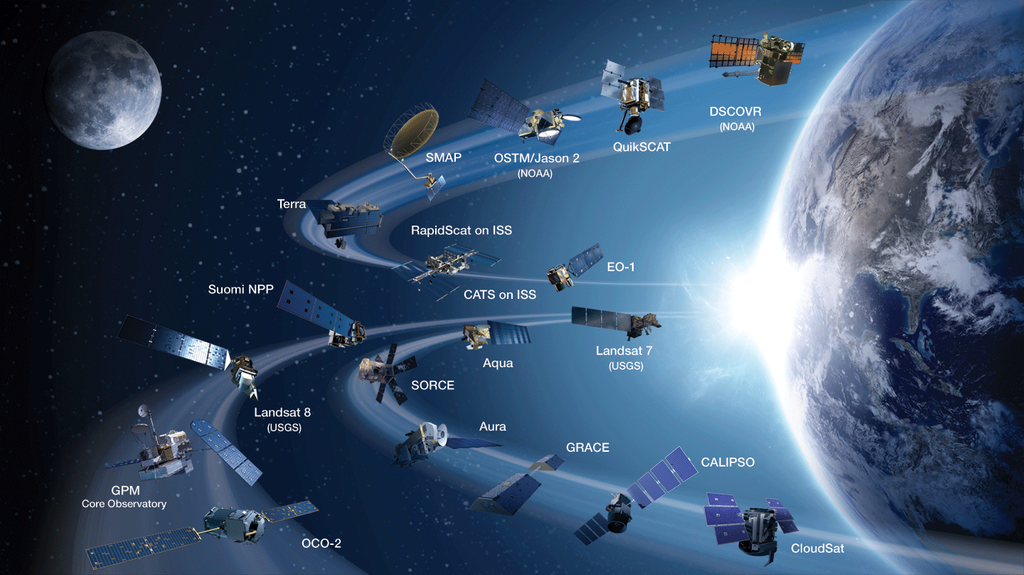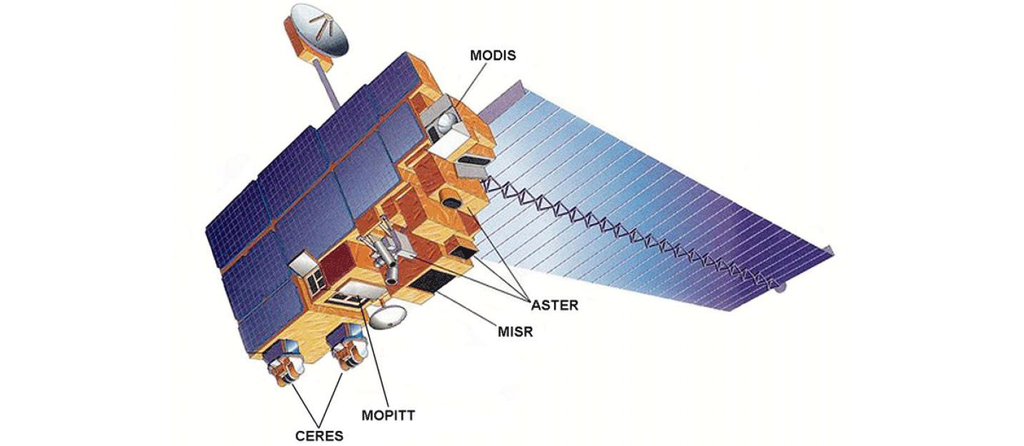1 min read
Measuring the Mass of a Single Star

How do astronomers weigh a star? These images help tell the story.
In the image at top, left, astronomers discovered a subtle brightening of a star [located within the box] due to the effect of gravitational microlensing. This phenomenon occurs when a foreground star, in this case a dim red star, passes in front of a much more distant star and amplifies its light. Astronomers were engaged in a large-scale search for microlensing events in the halo of our Milky Way galaxy. They were looking in the direction of the Large Magellanic Cloud, a satellite galaxy of our Milky Way. The image was taken in February 1993 with the 50-inch telescope at the Mount Stromlo Observatory in Australia. The box represents the field of view of NASA's Hubble Space Telescope.
When astronomers used the Mount Stromlo telescope to observe the same region almost a year later, the background star had returned to its normal brightness. The foreground star - the "natural lens" that had magnified the background star - had moved away. The ground-based telescope's vision, however, was not keen enough to resolve the stars separately.
So, astronomers used the sharp vision of the Hubble telescope to resolve the stars as two separate objects. The foreground star is red, and is in our galaxy's halo. The background star is blue, and is in the Large Magellanic Cloud. The image was taken on July 11, 2002.
Seeing the two stars allowed astronomers to calculate the foreground star's distance from Earth, which is 1,800 light-years. They already knew that the background star is 170,000 light-years away, the distance to the Large Magellanic Cloud. Knowing the distances to both stars then allowed astronomers to calculate the foreground star's mass, which is one-tenth the mass of the Sun.
About the Object
- R.A. PositionR.A. PositionRight ascension – analogous to longitude – is one component of an object's position.05h 16m 40.99s
- Dec. PositionDec. PositionDeclination – analogous to latitude – is one component of an object's position.-70° 29' 17.99"
- ConstellationConstellationOne of 88 recognized regions of the celestial sphere in which the object appears.Dorado
About the Data
- Data DescriptionData DescriptionProposal: A description of the observations, their scientific justification, and the links to the data available in the science archive.
Science Team: The astronomers who planned the observations and analyzed the data. "PI" refers to the Principal Investigator.February 1993 (top left), January 1994 (bottom left), and July 11, 2002 (right) - InstrumentInstrumentThe science instrument used to produce the data.Mount Stromlo Observatory (left), and HST>ACS/WFC (right)
- Exposure DatesExposure DatesThe date(s) that the telescope made its observations and the total exposure time.February 1993 (top left), January 1994 (bottom left), and July 11, 2002 (right)
- Object NameObject NameA name or catalog number that astronomers use to identify an astronomical object.MACHO-LMC-5, STAR-0516-7029
- Object DescriptionObject DescriptionThe type of astronomical object.Stellar Binary System/Microlensing Object
- Release DateJuly 15, 2004
- Science ReleaseAstronomers Measure Mass of a Single Star – First Since the Sun
- Credit
Share
Details
Claire Andreoli
NASA’s Goddard Space Flight Center
Greenbelt, Maryland
claire.andreoli@nasa.gov


































